
Weather in Northern California greatly fluctuated this spring. It was in the 70 and warmer before the almond bloom started, then once the trees started blooming the weather turned cold. There were a few days when temperatures dropped to the low 20’s. These temperatures damaged the early pollinated almonds and will most likely affect the overall yields of early blooming varieties, which suffered damage by frost in some locations. We sampled many hives during the bloom and they were packed with pollen even though the bee flight hours were low due to cold windy weather. The weather also impacted the bee’s temperament, bees were more aggressive in open locations where they are subjected to a lot of wind. I have included some images from the bloom.
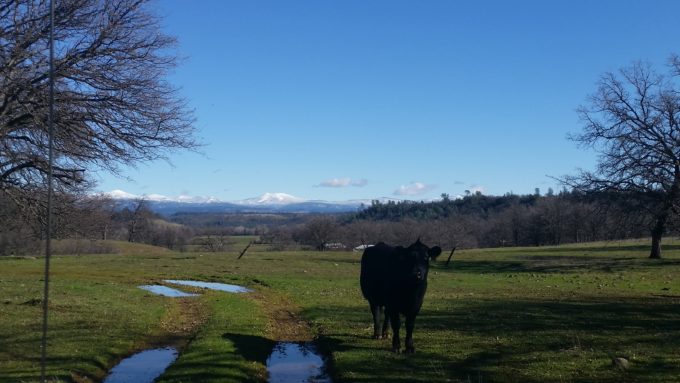
After living in Northern California for several years, I have yet to experience a normal year, each year has been very different; from last year’s rain that lasted for months to this year’s cooler and windy spring. The queen breeders somehow got lucky with this springs weather. They had enough nice day for queen mating mixed in with rain to keep flowers, such as vetch, blooming. There was some wind but it did not seem to affect mating percentages even if it dried the vetch out fast.
As we moved into summer sampling, most of our beekeepers were splitting, requeening, treating, feeding and getting colonies ready to move to summer locations to produce honey. We have been busy sampling, assuring beekeepers treatments have been effective in controlling varroa mite levels. Interestingly, we noted higher than normal nosema levels as well as chalkbrood this spring. We saw some colonies with elevated varroa mite levels but overall the mite levels have been average. Bears have been a small problem thus far but as we move into the dearth of the summer, more colonies will be subjected to bear damage.

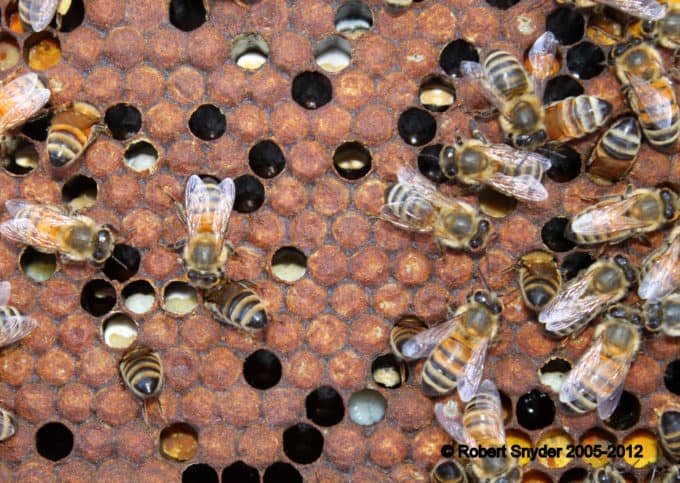
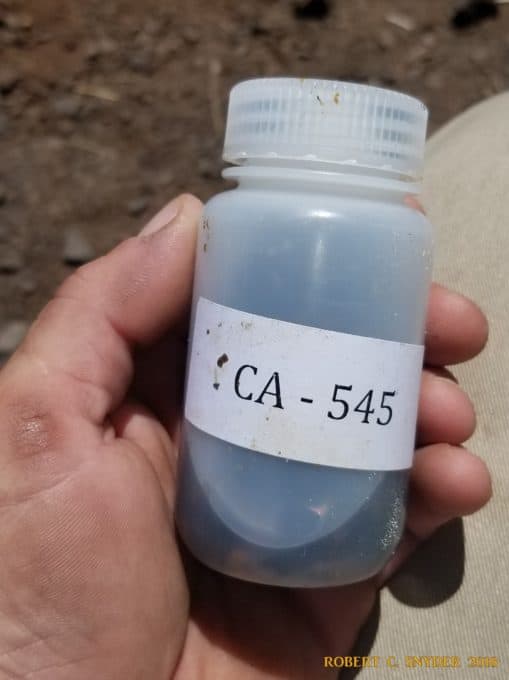
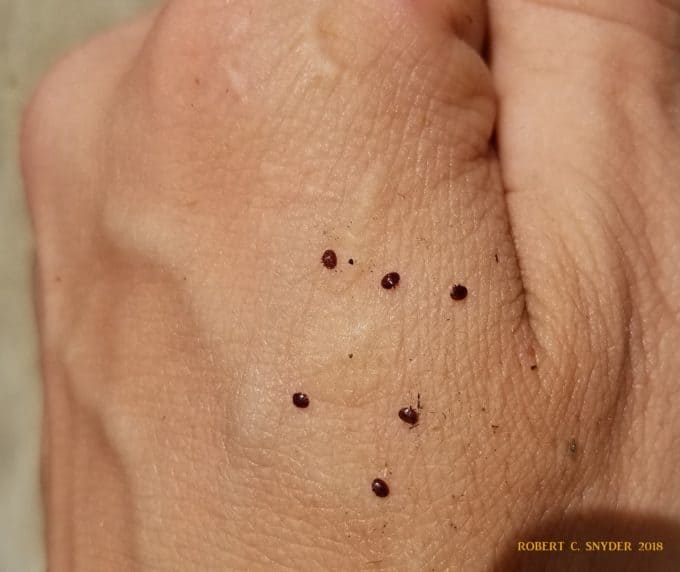

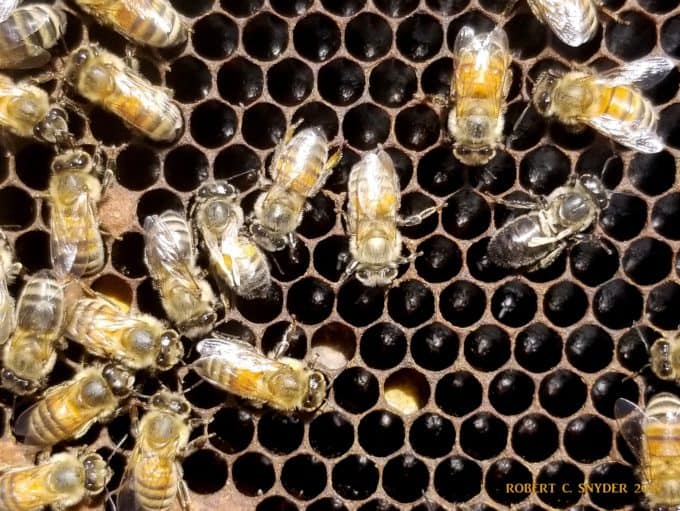
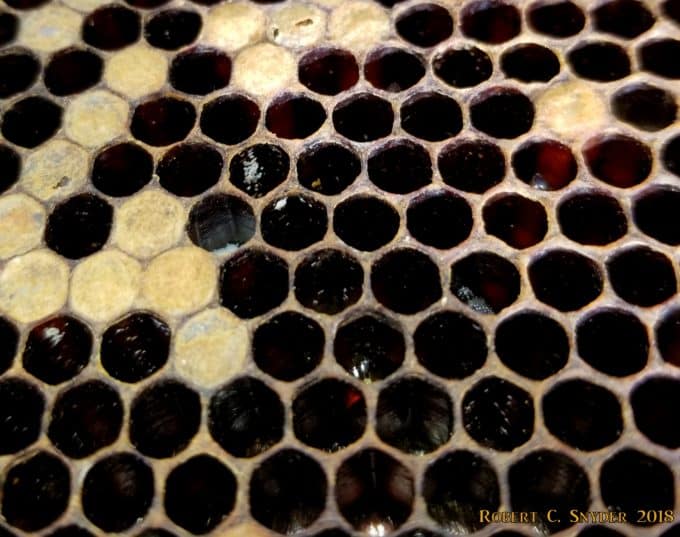

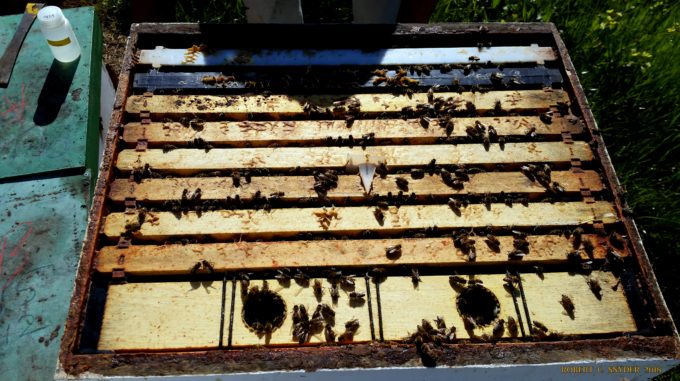
We haven’t seen much European foulbrood (EFB) this year in Northern California but other teams throughout the US are reporting a potential uptick in EFB. Here in Northern CA, a lot of beekeepers talk about snotty brood or crud, which I believe is EFB misidentified or sampled incorrectly. If you see ‘snotty brood’, you could treat it with terramycin and see if it clears up. In the images below, I have circled larvae in orange which should be sampled for EFB identification. I outlined larvae that should not be sampled with a red square. The orange circles represent larvae that are newly infected with the bacteria and should come up positive. The red squares represent larvae too far gone to sample, secondary bacteria often move in and greatly depreciate the chance of getting a positive EFB diagnosis.

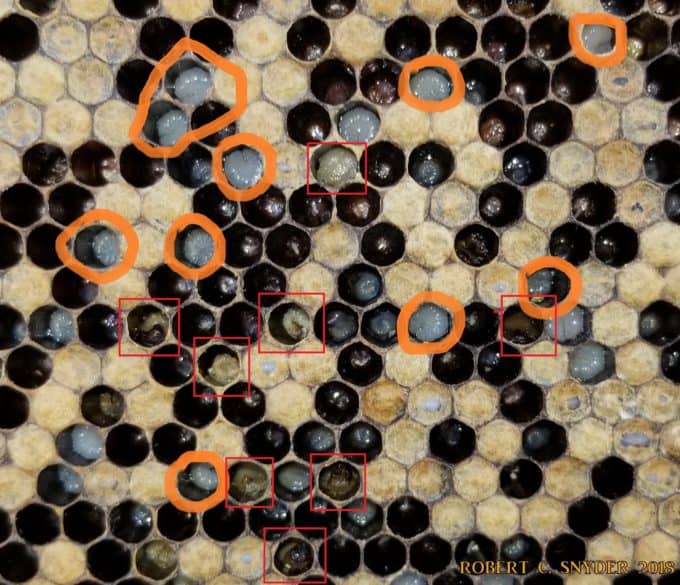
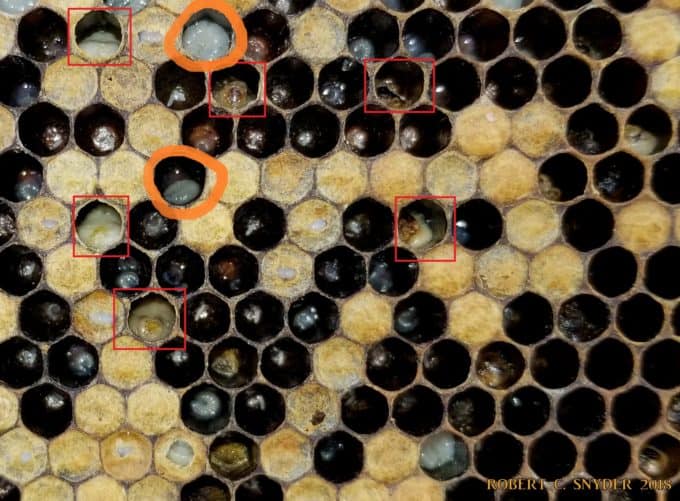
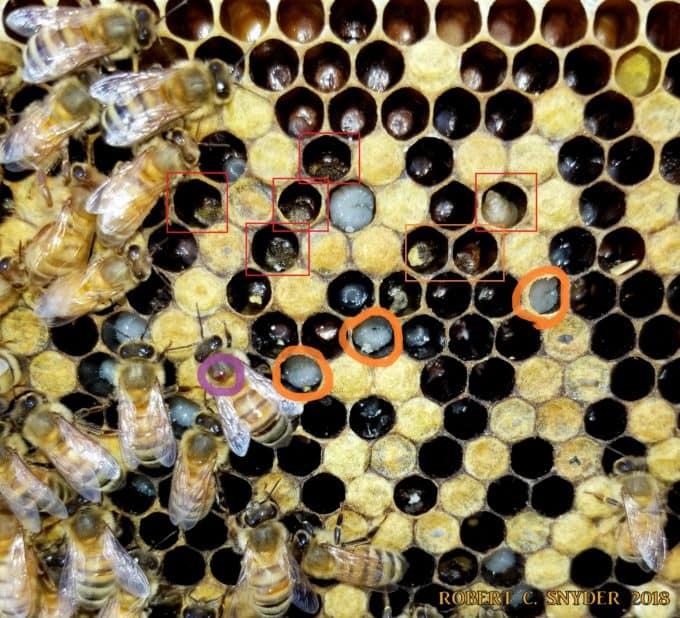

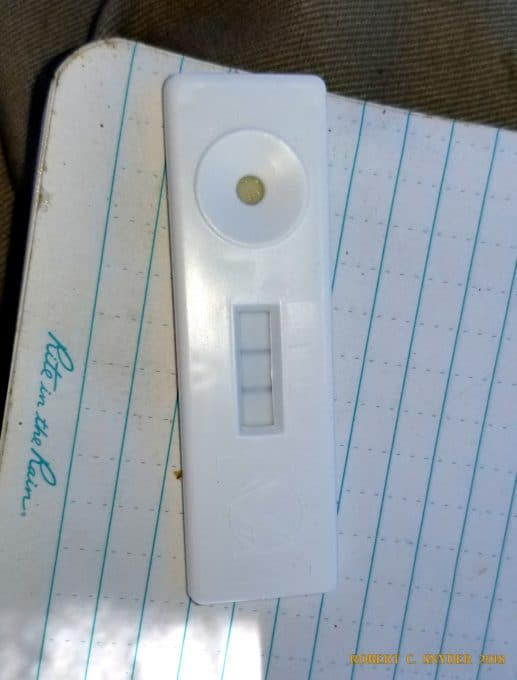
One of the big topics for debate is the loss of Fumagillin-B (See letter to beekeepers below). This has beekeepers and especially queen breeders worried about selling the cleanest bees/queens possible if the product is not available. We will be working with beekeepers to try and find alternatives and to test their efficacy.
Medivet letter to the customer.Fumagillin letter to customer
Other than the heat, beekeepers in northern California have been dealing with varroa mites, feeding and supplying water to apiaries. Beekeepers here have treated for varroa. Mite levels have not been high yet this summer but I am sure as fall approaches, there will be colonies with higher mite loads.
